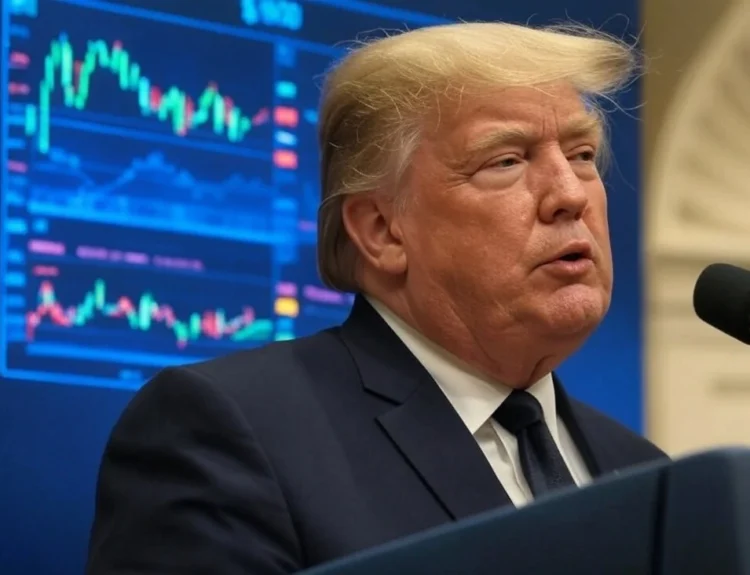Bitcoin experienced a significant uptick on Friday, climbing 5% to reach one-month highs. This surge was attributed to a combination of anticipation for the upcoming Bitcoin April halving event and a slowdown in recent exchange-traded funds (ETFs) outflows. The session peak hit $47,705, marking the highest point since January, following the regulatory approval of the first U.S. listed spot bitcoin exchange-traded products.
At last check, Bitcoin was up 3.5% at $46,946, poised for a 10% weekly increase—its largest since October. Alongside, Ether rose by 2.5% to $2,486. Despite reaching a two-year high above $49,000 in January, Bitcoin’s value had been on a downward trend, influenced by profit-taking after the approval of ETFs by the Securities and Exchange Commission (SEC).
Contrary to other financial markets, which rallied in anticipation of global central banks reducing interest rates, Bitcoin had been lagging. However, with central bank policymakers retracting rate cut expectations and economic data not supporting an immediate rate decrease, Bitcoin has begun its upward trajectory again.
The recent price jump is largely seen as a result of decreased ETF outflows and a surge in buying activity in anticipation of the halving event in April. Joshua Mahony, chief markets analyst at Scope Markets, emphasized the significance of the upcoming halving, which is expected to reduce the reward for mining new bitcoins by half, further limiting the supply of this capped currency.
Historically, Bitcoin prices have surged following halving events. For instance, six months after the 2012 halving, Bitcoin’s price leaped to $126 from $12. Similar patterns were observed in 2016 and 2020, with prices soaring to $1,000 and $18,040 from $654 and $8,570, respectively, in the months following the halving.
Moreover, Bitcoin’s performance peaks during U.S. election years, coinciding with previous halving cycles. This trend adds an interesting layer to Bitcoin’s expected performance after the upcoming halving.
Analysts have noted easing outflows from certain ETFs, particularly the Grayscale Bitcoin ETF, which has seen a reduction in outflows since its conversion to an ETF in January. After an initial rush post-ETF approval led to significant outflows, the pace has since slowed, reflecting a positive shift in inflows across all Bitcoin ETFs.
Despite recent challenges from a strengthening dollar, which has pressured the crypto market, analysts like Mahony predict the effect will diminish, allowing Bitcoin and other cryptocurrencies to regain momentum.
As Bitcoin navigates these developments, the crypto community watches closely, anticipating the potential for another post-halving rally. With historical trends as a guide, the months following April’s halving could signal a bullish year for Bitcoin and possibly the broader crypto market.





